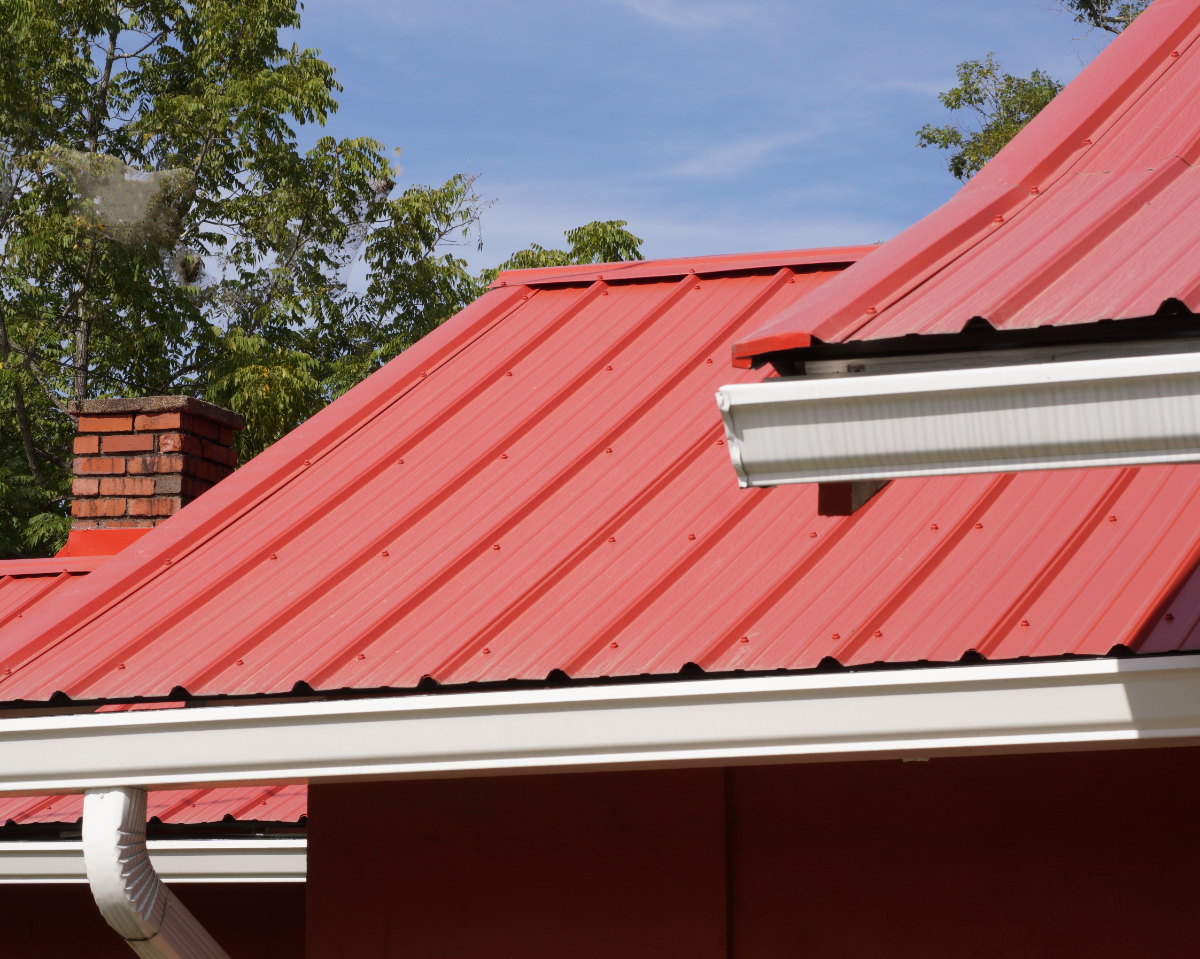Roofing is a important element of structure for several essential causes:
Protection from the Elements: One of the primary capabilities of a roof is to provide shelter and protection from environmental components similar to rain, snow, wind, and extreme temperatures. It prevents water from entering the constructing, which can cause structural injury, mildew growth, and different issues.

Structural Integrity: Roofs play an important role in sustaining the structural integrity of a building. They distribute the load of the roof and any masses (e.g., snow) evenly to the partitions and basis. A well-designed and properly constructed roof ensures the stability and safety of the complete structure.
Aesthetics and Design: Roofs are a visual and distinguished part of a building's exterior. Architects use roof design to enhance the general aesthetics of a construction. The shape, material, and style of the roof can contribute to the architectural character and appeal of a constructing.
Environmental Considerations: Sustainable structure places an emphasis on vitality effectivity and environmental accountability. Roofing materials and design can impact a building's energy performance. For example, cool roofs can mirror more daylight and absorb less warmth, lowering cooling prices and urban heat island results.
Natural Lighting and Ventilation: Roof design can incorporate features like skylights, dormers, and roof vents to supply pure lighting and air flow inside a constructing. This can improve indoor consolation and reduce the need for synthetic lighting and mechanical ventilation.
Historical and Cultural Significance: In some architectural styles, such as Gothic or Victorian, the roof could be a key component that displays the historical and cultural context of a constructing. https://roofrestorationcampbelltown.com.au/aluminium-roofing/">https://roofrestorationcampbelltown.com.au/aluminium-roofing/" target="_blank">https://roofrestorationcampbelltown.com.au/aluminium-roofing/ and shapes can tell a narrative about the era by which a construction was built.
Space Utilization: Roof design can create additional usable space within a constructing, such as attic rooms, rooftop gardens, or outdoor dwelling areas. Architects typically consider how to maximize house and performance when designing roofs.
Energy Efficiency: Energy-efficient roofing materials and design can contribute to a constructing's general energy performance. Proper insulation and ventilation can help regulate indoor temperatures and cut back heating and cooling costs.
Safety and Fire Resistance: Roofing materials are chosen with security in thoughts. Some materials, like fire-resistant roofing, might help stop the unfold of fires in a building, offering useful time for occupants to evacuate.
In summary, roofing is a elementary side of architecture that combines functional and aesthetic considerations. It not only protects the inside of a building from the weather but in addition contributes to the overall design, sustainability, and safety of a construction. Architects rigorously think about roofing supplies, shapes, and features to attain their design objectives whereas ensuring the consolation and well-being of building occupants..
